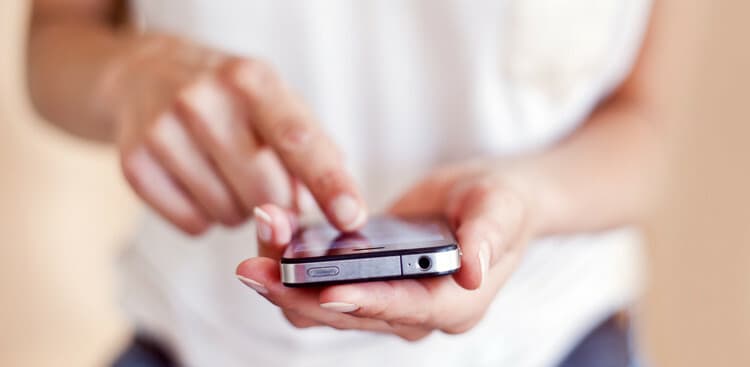The other day, around 3 PM, I had one of those “moments” at work. You know—when you feel overwhelmed by how much you have to do, and at the same time frustrated at how little you’ve accomplished so far.
Just then, my phone vibrated—a text from a friend asking about weekend hiking plans. I replied that early afternoon would be best, but we’d need to wait for a third friend to respond to know for sure.
At the same time, a former co-worker texted, asking for advice about a work issue. I gave a quick response, which led to a six-minute exchange about how to effectively communicate with a micromanage-y manager.
Meanwhile, two email notifications came through that caught my attention, forcing me to reconsider a new work deadline.
This is the world in which we live. Constantly pinged, texted, tagged, emailed, and tweeted at, we barely have time to get anything done because we’re so busy reacting to the latest distraction (even if it’s a seemingly worthwhile one).
According to research in the new field of “interruption science,” the average knowledge worker switches tasks every three minutes. Worse yet, once distracted, it takes that person over 20 minutes to resume the original task.
While that may seem absurdly long (20 minutes, really?), I’m willing to bet that in the aftermath of my work moment, it was pretty accurate. It probably took me around 20 minutes to get back to the task at hand. And at 20 minutes apiece, three distractions equals an hour of lost time. In this, the Age of Technology, is this where our workday goes?
I don’t know. I do know that for me, at 3:30 PM on that particular Wednesday, I’d had enough. I really, truly wanted to get things done, and knew that if I didn’t, I’d feel like a failure at the end of the day. So, I utilized the number one way to limit distractions in my world: I put my phone on airplane mode.
The fact is, I’m the equivalent of one of Pavlov’s dogs when it comes to my phone. While I’d like to believe I have the willpower necessary to ignore it, this is a little like an alcoholic saying they can have “just one drink.” My phone is like one of Ulysses’ sirens: It calls to me and I go to it, even if it means crashing on the rocks.
So I took my phone out of commission to put myself back into it. It worked so well, I did it the next day, and the next, until I had a new routine down.
The result? On average, I complete about three articles a week. This past week, I did over 10. I also felt more relaxed during my workdays—since I got concrete things done, I was more available to co-workers and better to those around me.
If you want to try this out, I find you get maximum results by doing the following:
-
Set the timer on your phone to 25 minutes.
-
Put your phone on airplane mode and start the timer.
-
Focus on one task—writing one email, completing one blog entry, putting together one deck.
-
When the timer goes off, take a five-minute break (you can take your phone off airplane mode for the break).
-
Repeat.
This 25/5 work structure is also known as the Pomodoro Technique, and is based on neurological research that suggests that short bursts of focused attention followed by breaks is the best way for the human brain to sustain attention and complete tasks. It’s best if you do something physical during your break—take a walk, make a snack, do some pushups. (Hint: If you’re really in flow when the timer goes off, hit snooze, but be sure to take a break once your attention starts to wander.)
Truth be told, we humans are remarkably poor multitaskers. The research is absolutely clear on this: Studies show we’re up to 50% less efficient when we multitask, not to mention more stressed and less fulfilled. Plus, the cumulative effects are distressing: Multitasking has been shown to lower IQ, and may even lead to brain damage.
Single-tasking is the new multitasking. I find that not only do I get more done, I’m focused and in control of my time, which leaves me feeling like more of a success both at and after work. In other words, I’m happier.
Ultimately, using a hack like airplane mode is about more than just increased productivity. It’s about not allowing technology to take over your day (not to mention your life). It’s about being proactive instead of reactive.
It’s about taking back your most precious resource: your own attention.

